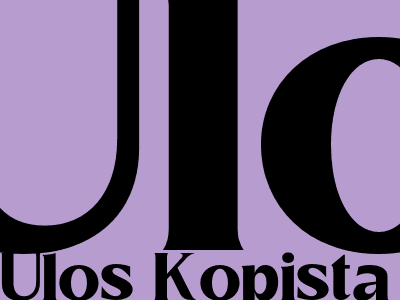
Ulos Kopista: The Art of Traditional North Sumatran Textile
An Introduction to Ulos Kopista
Ulos Kopista is a magnificent traditional textile originating from the Batak ethnic group in North Sumatra, Indonesia. This exquisite fabric is renowned for its intricate patterns and vibrant colors, crafted through a laborious and time-honored weaving process. The word "kopista" translates to "copy," referring to the high level of precision and attention to detail required in replicating ancient designs passed down through generations.
Unique Characteristics of Ulos Kopista
Ulos Kopista is a prime example of the Batak people's cultural heritage, showcasing their artistic prowess and rich textile traditions. The most striking feature of this fabric lies in its distinctive patterns. Each motif carries deep symbolism and significance within the Batak community, often depicting ancestral stories, nature, and everyday life.
The colors used in Ulos Kopista are equally captivating. Traditionally, natural dyes derived from plants and minerals were used to create the vibrant hues. Blue, red, and black are prominent colors, and their combination creates a visually stunning effect.
The Weaving Process: A Labor of Love
The creation of Ulos Kopista involves a meticulous weaving process that requires great skill and patience. Traditionally, women took on the role of weavers, using backstrap looms to intertwine the threads with precision. Each piece can take weeks or even months to complete, showcasing the dedication and craftsmanship involved.
The patterns are carefully created by counting the threads and manipulating the loom. The complexity of the designs reflects the weaver's artistry and years of practice. The result is a breathtaking textile that embodies the cultural heritage of the Batak people.
The Significance of Ulos Kopista in Batak Culture
Ulos Kopista is deeply intertwined with the cultural and social fabric of the Batak community. It holds significant symbolic and practical value, serving as a medium of cultural expression, a symbol of status, and an essential element in traditional ceremonies.
During ceremonial events such as weddings, funerals, and religious rituals, Ulos Kopista is used to adorn individuals, drape altars, and create ceremonial attire. Its presence adds an air of solemnity and festivity to these important occasions.
Conclusion
Ulos Kopista is a masterpiece of traditional textile art, capturing the essence of the Batak people's heritage and creativity. Its intricate patterns, vibrant colors, and cultural significance make it a precious part of Indonesian cultural heritage. By preserving and promoting this ancient craft, we honor the traditions and artistry of our ancestors.